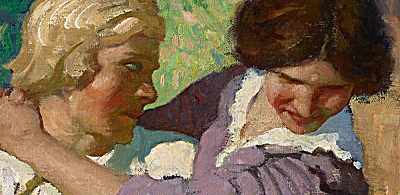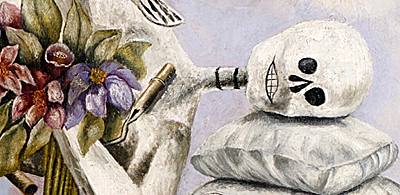That Article or Page No Longer Exists...
Instead check out the latest blog posts below or three random blog posts further down.
Latest Additions to the Blog

AI, the end of Illustration art
I recently came across an illustration of Elon Musk published on a popular news and commentary website. The credit for the likeness read “Image generated

Frida Kahlo and The Dream
The culture vultures have descended. On Nov. 20, 2025 Sotheby’s New York auctioned a 1949 self-portrait by Frida Kahlo. It is titled El sueño (La

Luigi’s Circle Jerk Army
On April 13, 2025, the antediluvian punk rock band from Los Angeles, the Circle Jerks, performed at the Coachella Valley Music and Arts Festival. Singer
Three Random Blog Posts
Farewell Brother Crichlow
Ernest Crichlow (1914-2005) spent his life painting and drawing the African American experience. He was involved in the 1930’s Harlem Renaissance, worked in the Federal
Richard Duardo: RIP
“Where in the world, where in this situation now can I be revolutionary, iconoclastic, and a voice of freedom? And, mind you, I’d never even
Nagasaki Nightmare
“They’re always there high in the skies Pretty as a picture in the generals’ eyes They’ve done it once, and they’ll do it again They’ll

